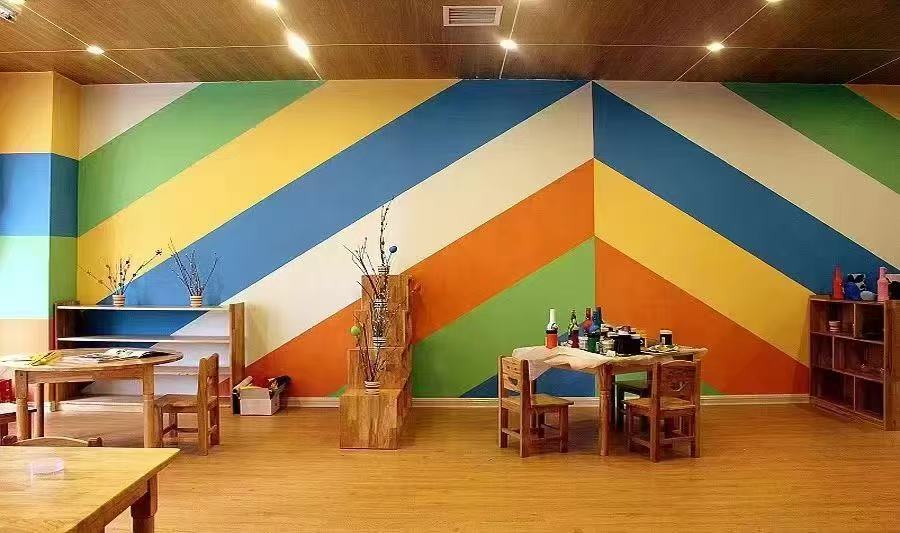If you’re working with polyester fiber acoustic panels, you’ve probably considered how to cut or engrave them for wall design, branding, or architectural detailing. Two common methods are CNC (oscillating blade) cutting and laser cutting. Each has distinct advantages and limitations depending on your project’s requirements.
We’ve worked with both methods in our manufacturing process and wanted to share insights based on real-world application. This might help you decide which suits your needs better.
CNC (Oscillating Blade) Cutting
How it works:
CNC cutting uses blades to follow a CAD drawing and physically carve through the polyester board.
Advantages:
Clean, flawless edges and smooth cuts
No burn marks or discoloration
Ideal for medium to large patterns or straight lines
Works well for regular thickness panels
Limitations:
Minimum detail size is 10mm — blade cannot make ultra-fine cuts
Error tolerance is ±1mm, depending on product size
Not suitable for very small, tight patterns
Technical limits:
Minimum hole diameter: ~10mm
Maximum cutting thickness: 25mm
Deepest CNC engraving (keeping a base):
9mm thick board → max 6mm deep
12mm board → max 8mm deep
25mm board → max 20mm deep (leave 3–5mm base)
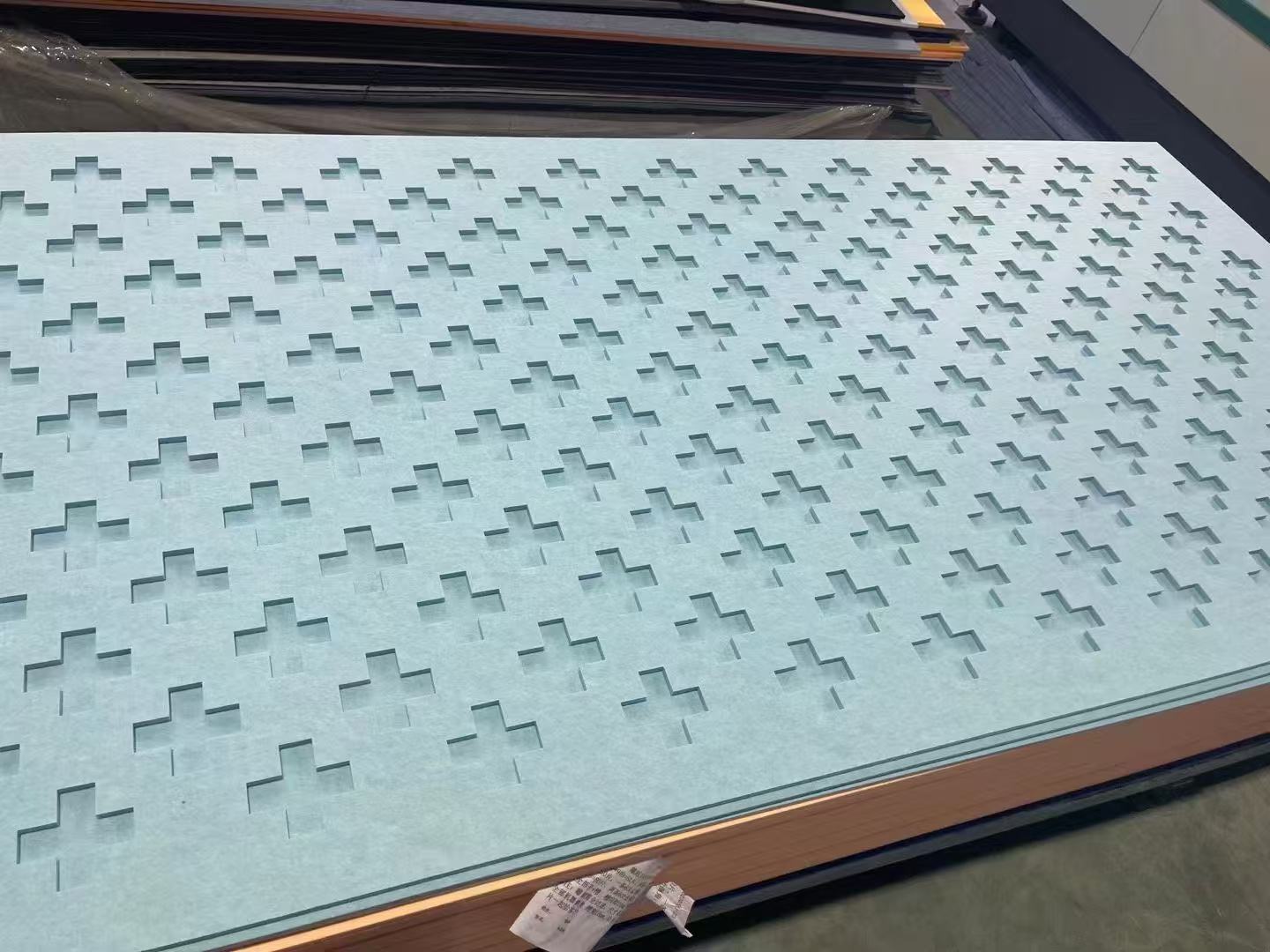
Laser Cutting
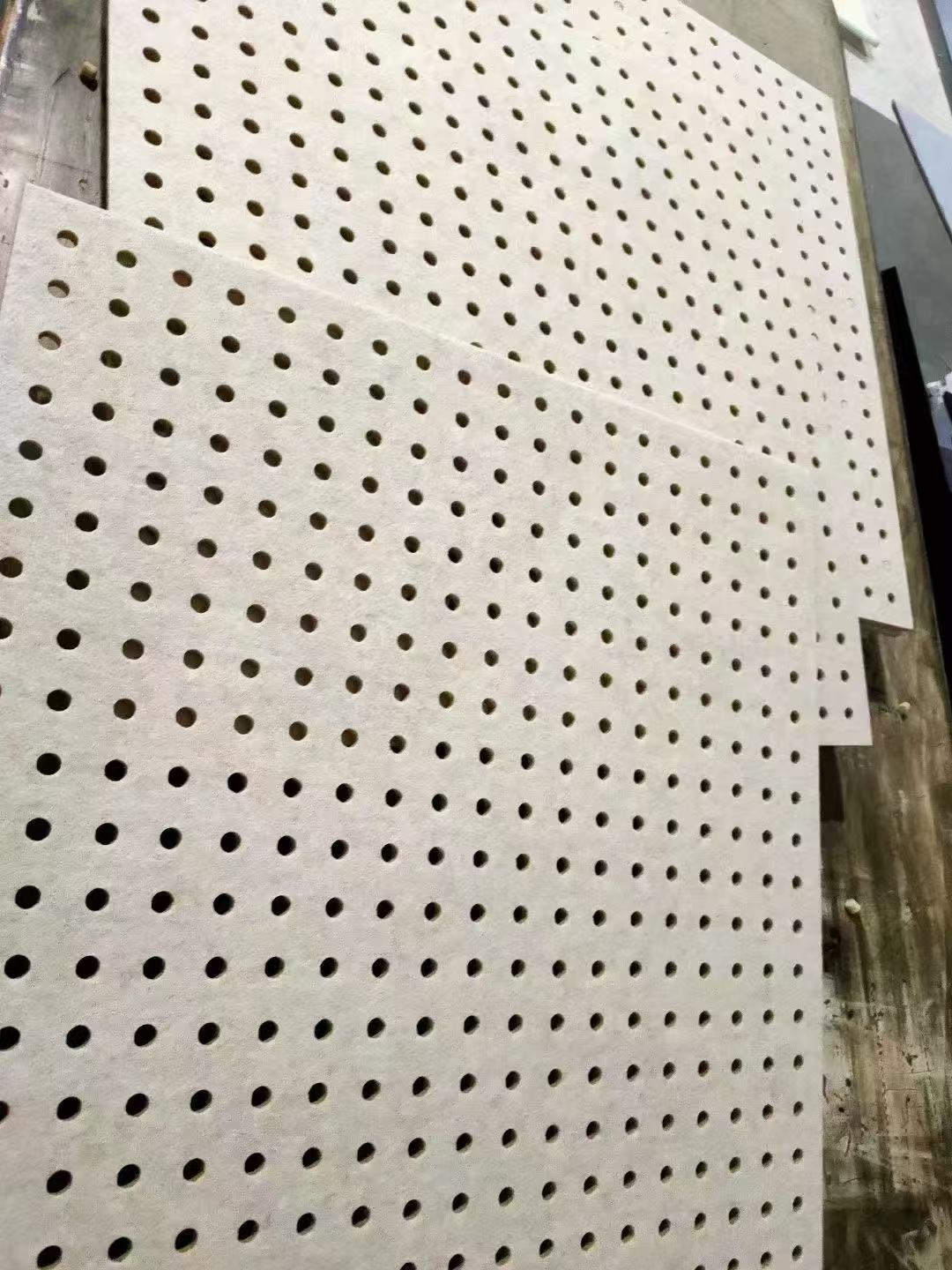
How it works:
Laser cutting follows CAD files and uses high-temperature lasers to burn through the material.
Advantages:
High precision — almost zero error
No shape or pattern size limitation
Excellent for logos, artwork, fine text, and custom design
Perfect for fast prototyping and detail-heavy projects
Limitations:
Burning edges / yellow discoloration due to heat
Polyester fiber contains thermoplastic additives that melt at ~120°C, causing edge charring
Not ideal for visible surfaces unless you plan to frame or paint the edge
Technical limits:
Minimum hole diameter: as small as 1–2mm
Maximum cutting thickness: 25mm (but slower on thicker boards)
Burn risk: Higher on thinner panels and on dense material
General Production Note
For both cutting methods, we recommend leaving 3–4mm base thickness during engraving. Polyester fiber panels are not always uniform in density, and going too deep may cause full penetration or surface distortion.
Application Examples
CNC cutting is ideal for:
acoustic baffles, geometric patterns, large panel designs
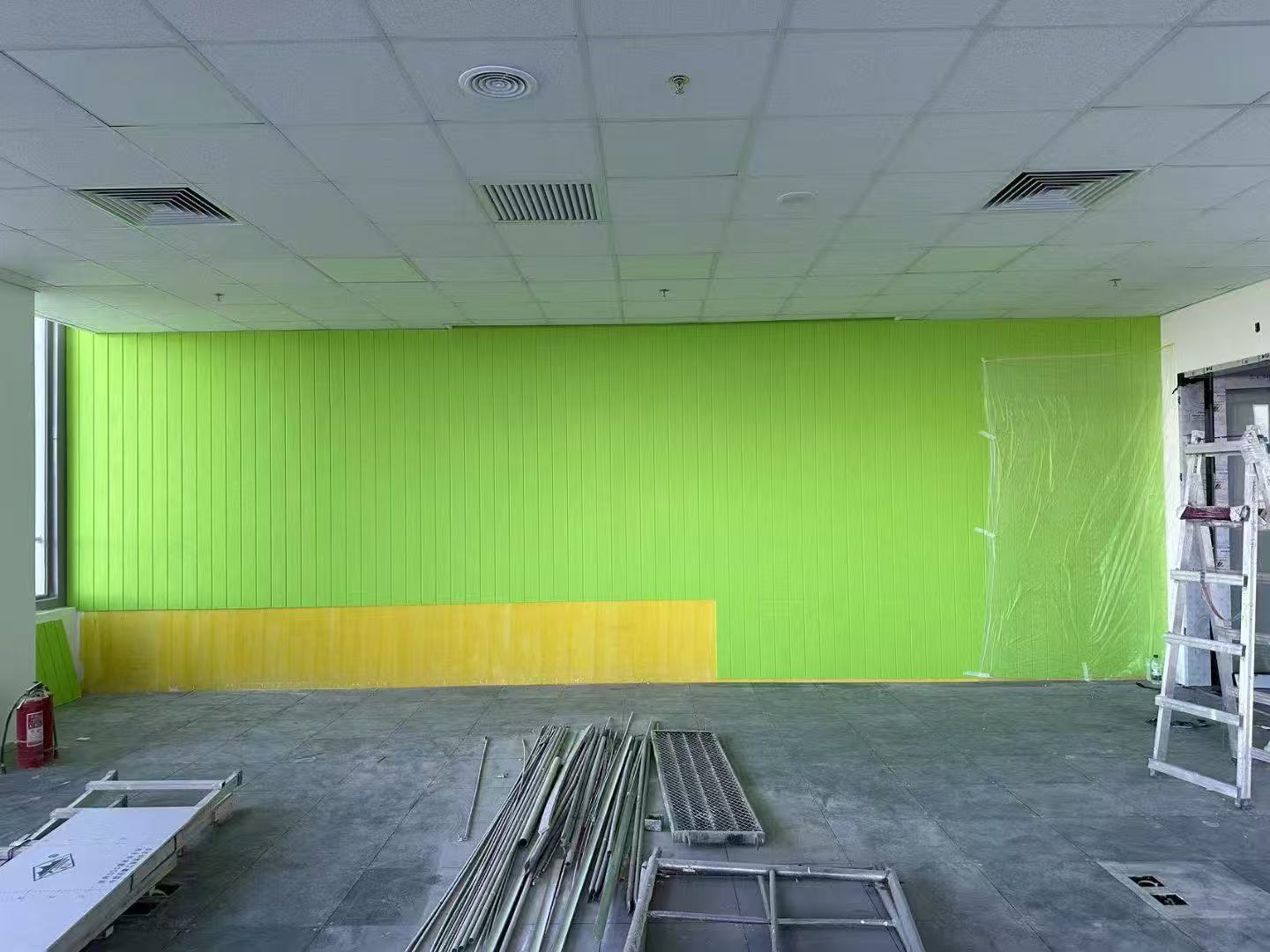
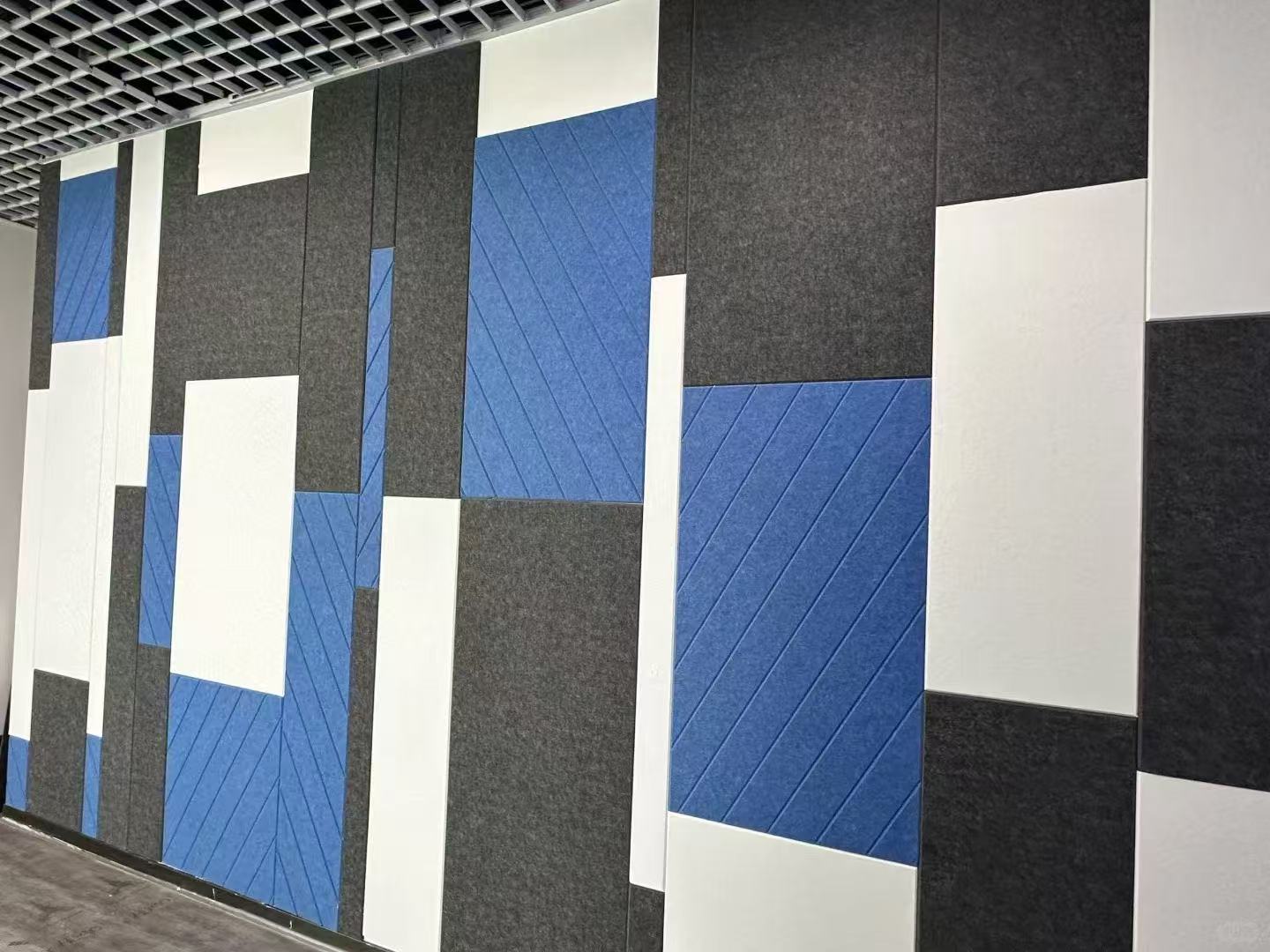
Laser cutting is ideal for:
branding, logos, art walls, custom-shaped acoustic panels
Learn More
If you’re interested in the technical details and see more examples of polyester fiber acoustic panels, feel free to visit our product page:
We specialize in acoustic materials with flexible customization, including CNC and laser finishing.
Let me know your experiences with either method — happy to answer questions or compare notes!
